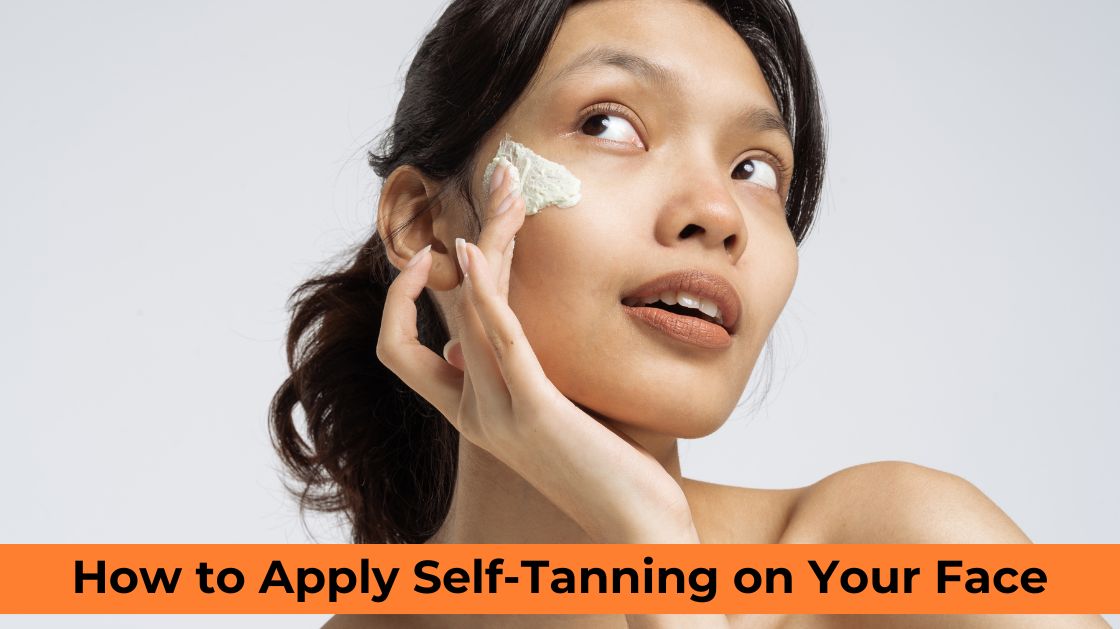How does heat affect tanning skin? Understanding this is vital for skin health and beauty. Heat exposure, notably from sunlight, prompts melanin production in the skin—a protective response resulting in tanning.
However, excessive heat can lead to uneven tans and sunburns. Balancing sun exposure and protection is critical to achieving a healthy tan without skin damage.
In the realm of skin health and beauty, understanding the effect of heat on tanning skin is crucial. When exposed to heat, like sunlight, your skin produces melanin to protect itself from damage. This melanin is what causes the skin to darken or tan.
Excessive heat exposure can cause overproduction of melanin, resulting in an uneven tan and, in some cases, sunburn. Ensuring balanced exposure and protection is essential to achieve a healthy tan without harming your skin.
How Does Tanning Occur On The Skin?
When the skin is exposed to the sun, the ultraviolet rays initiate a process known as melanogenesis. This is the effect of heat on tanning skin. The melanocytes, cells located in the lower layer of the skin’s epidermis, are triggered to produce more melanin.
This melanin, as it moves to the upper layers of the skin, oxidizes and leads to a visible tan. The body’s melanin production is a protective response to heat and UV exposure, but it is vital to remember that a tan is a sign of skin damage.
What Else Should I Know About Tanning Skin?
Beyond the basic mechanics of tanning, it is essential to understand that the effect of heat on tanning skin goes deeper than the surface. Prolonged exposure to heat can cause skin dehydration, leading to premature skin ageing and increasing the risk of skin cancer.
It is also worth noting that the tanning rate can vary significantly among individuals, primarily due to differences in skin type, genetic factors, and the intensity of heat exposure. Therefore, one should not equate a darker tan with enhanced skin health or beauty.
A deep tan can be a sign of skin damage. Understanding these factors can help you approach tanning in a more informed and safe manner.

What Determines Your Tan Shade?
Multiple factors determine the shade of your tan, including your skin type, the intensity and duration of heat exposure, and genetic predispositions. When exposed to heat, the skin produces melanin as a protective mechanism. This melanin is responsible for the darkening of your skin, but its production rate and distribution influence the depth and evenness of your tan.
Individuals with darker skin usually have more active melanocytes, cells that produce melanin, hence a darker tan. The genetic makeup broadly defines how an individual’s body reacts to heat and produces melanin. Thus, understanding the effect of heat on tanning skin and your skin characteristics can guide you toward a healthy and natural tan.
How Does Tanning Affect Your Health?
The effect of heat on tanning skin extends beyond mere physical changes; it also has potential health implications. Unprotected and prolonged exposure to the sun’s heat can result in sunburn, which causes discomfort and increases the risk of developing skin conditions such as melanoma, a severe type of skin cancer.
Moreover, repeated overexposure to heat can lead to chronic skin damage characterized by wrinkling, sagging, and the development of brown spots, commonly known as age spots. Consequently, balancing the desire for tanned skin with maintaining skin health is crucial.
I highly recommend using sun protection measures such as sunscreen, wearing protective clothing, and seeking shade, especially during peak sun hours.
Final thought
In conclusion, you might search for this question: “How does heat affect tanning skin?”. Based on the given information, it reveals a complex process beyond the surface level. The skin’s response to heat is a biological mechanism designed to safeguard it from harm. However, it’s important to note that excessive heat exposure can give rise to various skin issues, such as sunburn, premature aging, and even skin cancer.
While a sun-kissed tan might hold aesthetic appeal, it’s imperative to recognize that a tan signifies skin damage. Finding the equilibrium between achieving the desired tan and upholding skin health remains paramount.
Therefore, it is advised to consistently adopt proper sun-protection measures and be aware of your skin’s unique attributes when facing heat exposure. Always prioritize your skin’s well-being over fleeting beauty standards.













